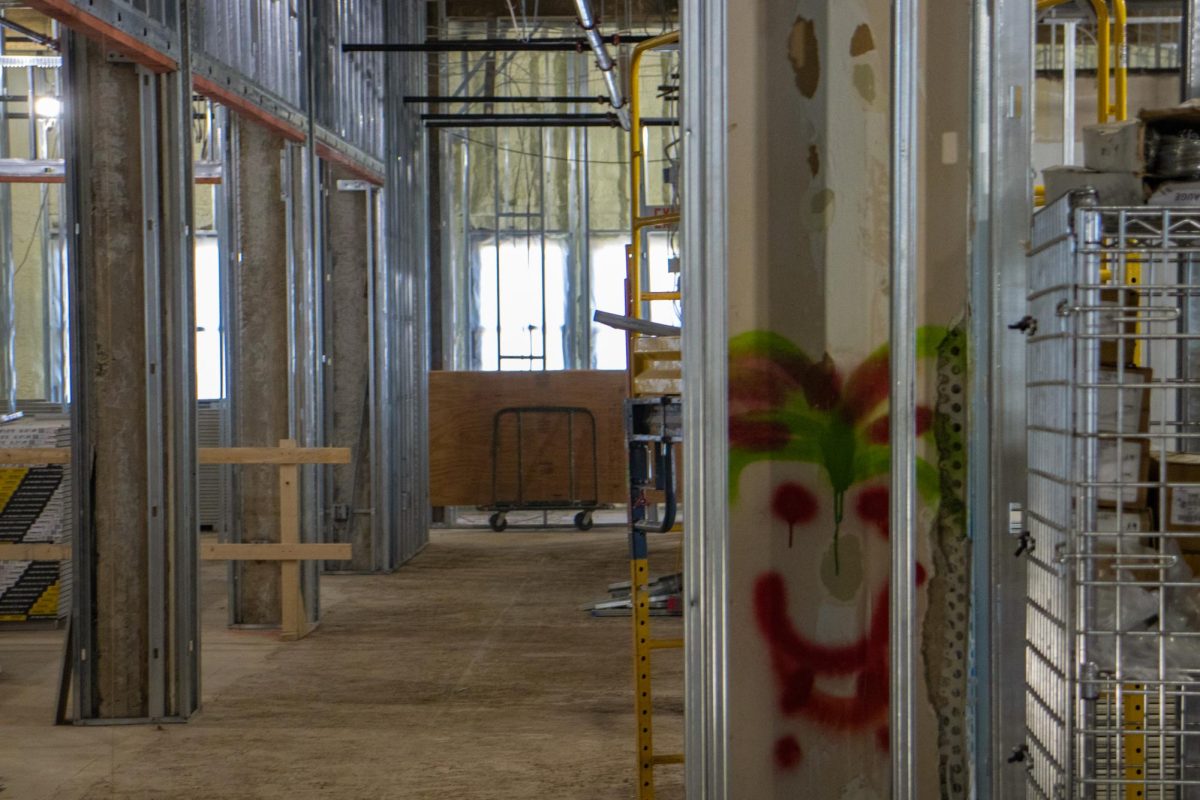An Inside Look at the Avalon Theatre
April 25, 2012
The ticket prices were probably lower when the charming theater first opened its doors, under the name Chevy Chase Theater, in 1923, but the increase is a small price to pay to feel like a part of history. The Avalon originally opened with a single screen and pipe organ for silent films, but was updated for sound capabilities in 1929. On a wall upstairs, the Avalon pays homage to the community of theaters it used to be a part of, displaying pictures of each single screen movie house with summaries of their lifespan. Most of these theaters that opened as early as 1907, amid the heyday of silent films, are now closed—all except the Avalon, which narrowly escaped use as a retail space after its commercial closing in 2001. Due to an enthusiastic campaign by local moviegoers, the Avalon was revived as a non-profit movie theater, kept alive today by contributions from the community and an annual fundraiser. The Avalon, which opened its doors in a time when neighborhood theaters were the norm, is now a relic among the theaters in Washington, the rest of which are all part of national or regional chains: AMC Loews, Regal and Landmark.
Chevy Chase was not the only nearby suburban neighborhood to have its own movie theater. In fact, the Apex used to stand on Massachusetts Avenue in the Spring Valley neighborhood. It stood from 1940 to 1976 when it was closed and torn down to make an office building. Now, American University’s Washington College of Law stands in the location where the Apex Theatre once stood.
It is an unfortunate fact of modern life—independent movie theaters are a dying breed. According to the National Association of Theatre Owners, the past ten years have seen an increase from 27,000 to 38,000 screens in the country, along with a drop from 7,000 to 5,500 movie theaters to house those screens. In short, multiplexes are getting bigger, and tiny establishments that can’t compete are falling by the wayside.
Bill Oberdorfer is the Executive Director of the Avalon Theatre Project, and is not embarrassed that the theater’s greatest accomplishment is “keeping our head afloat.” In face of the theater’s biggest challenge, movie acquisition, even this minor accomplishment is a feat. The struggle against “clearing” of movie theaters is one that Oberdorfer is all too familiar with.
When national independent theater chains, such as the Landmark group, specialize in independent films, they promise to show certain films at all of their locations. But if the company that owns the film rights offers the rights to a nearby independent location (like the Avalon), the chain may threaten to pull it from all of its screens. The film companies, of course, would like to show their film in more locations, so their loyalty to the chain effectively clears the surrounding geographic zones of that film. The Avalon couldn’t acquire the rights to Academy Award Winning film The Artist, a silent picture that would have surely filled the 428 seats in the Avalon for weeks. Oberdorfer says this clearing process often leaves the Avalon out in the cold. Either small-project indie movies or well-known popular films dominate the selection, and the venue loses its personal touch.
The Avalon isn’t so interested in the male 20-35 demographic that wide release films often cater to; their audience tends to have an older skew—from the art house audience, to local families who bring along children. If the Avalon is not on many students’ radar, it might be because the theater doesn’t have the funds for advertising—it depends on the continued business of patrons more than it does on new or one-time customers. The Avalon doesn’t devote much attention to the AU student demographic, a community that is only a half hour away by bus and foot. If students do watch a movie “they may be watching it on Netflix for all I know,” says Oberdorfer.
And of course, most students are watching movies on Netflix, pirated, from the library, or at the multiplexes downtown. But there’s something to be said for going to the Avalon to see a movie. Fairly low ticket prices, homemade ice cream in the concessions café (Appley Ever After is a current flavor), and embassy-funded foreign films offer community members and students what other movie-going experiences cannot. The Avalon’s authentic 1920s sophistication makes the theater well worth a trip.
Illustration by Hannah Karl



